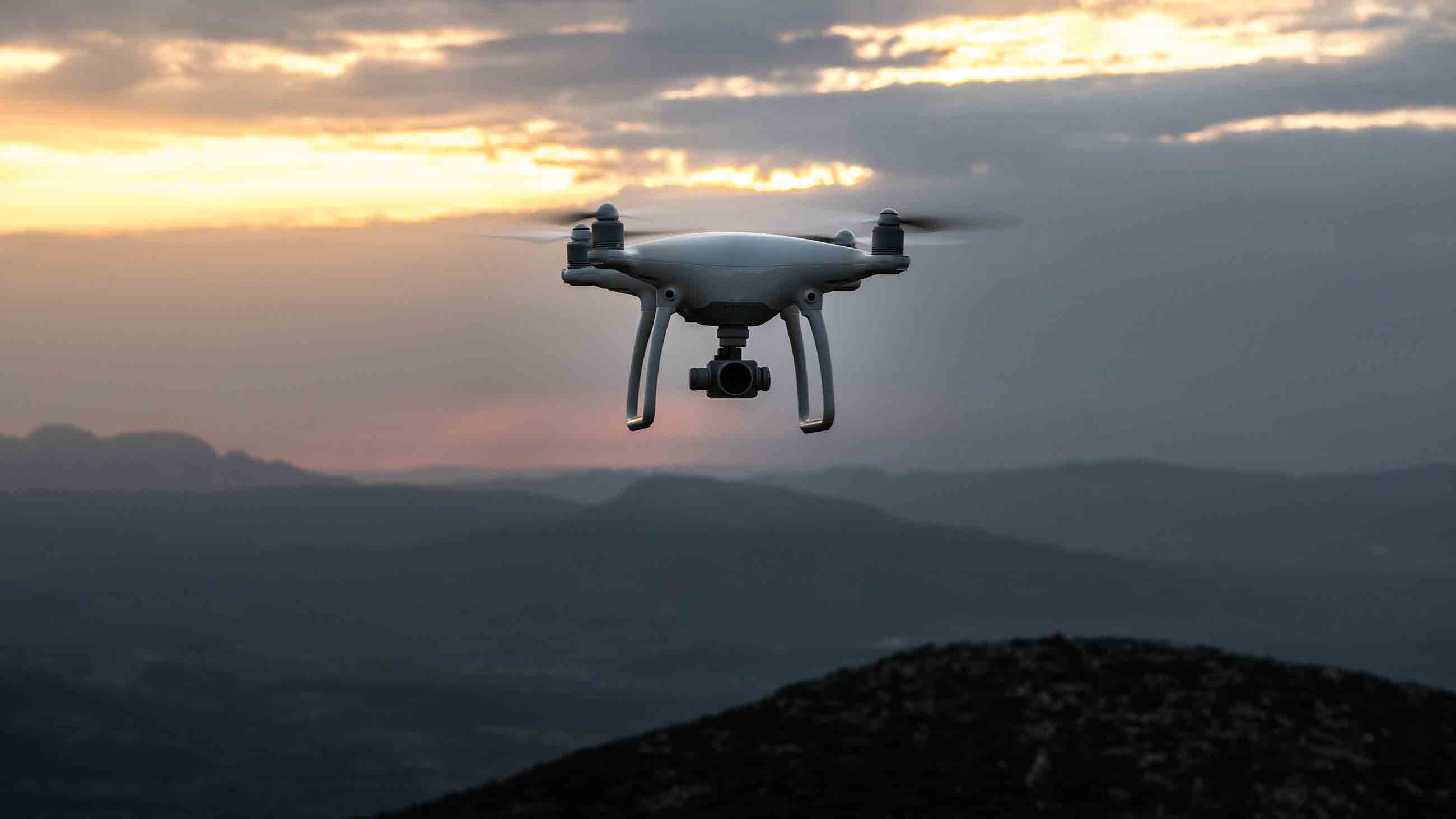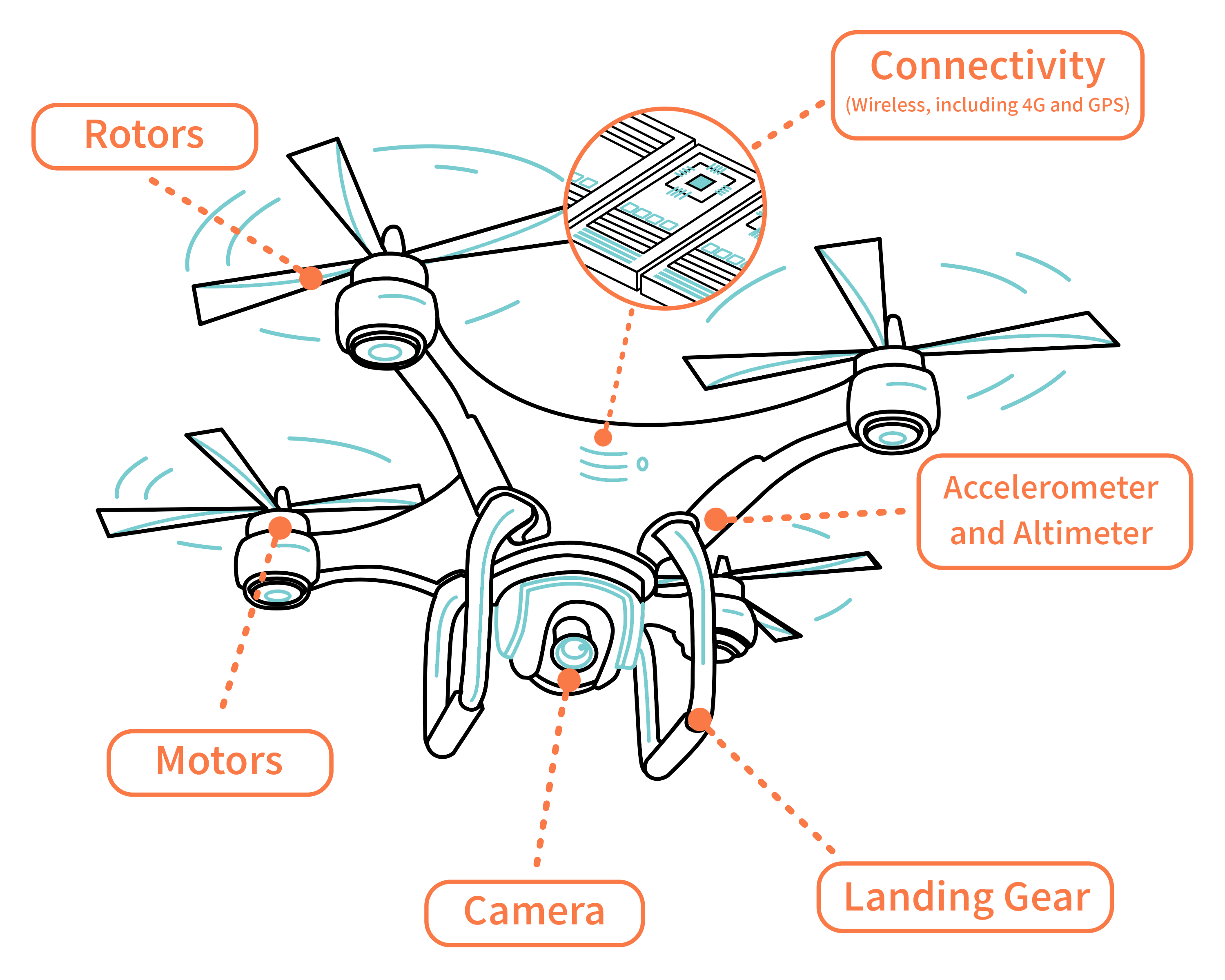Sky elements drones are revolutionizing how we interact with the atmosphere. This isn’t just about flying gadgets; it’s about harnessing technology to understand and utilize the complex interplay of weather, airspace, and visual limitations. From weather monitoring to infrastructure inspection, drones equipped with specialized sensors are pushing the boundaries of what’s possible. This exploration dives into the technical aspects, safety considerations, and future potential of these remarkable machines.
We’ll cover everything from the different types of drones suited for various altitudes and weather conditions to the legal frameworks governing their operation. We’ll also examine real-world applications, highlighting both successes and challenges faced in deploying drones in diverse environments, from bustling cities to remote rural areas. Prepare for a fascinating journey into the world of aerial technology.
Sky Elements in Drone Operations
Understanding the “sky” in the context of drone operations goes beyond simply looking up. It encompasses a complex interplay of weather patterns, airspace regulations, and potential visual obstructions that significantly impact flight safety and mission success. This article delves into the key elements defining this operational environment, exploring various drone applications, safety protocols, and technological advancements shaping the future of drone technology.
Defining Sky Elements

The “sky” for drone operations is a multifaceted environment. It involves atmospheric conditions like wind speed, precipitation, visibility, and temperature. Airspace regulations, including designated no-fly zones and altitude restrictions, are crucial considerations. Finally, visual obstructions such as buildings, trees, and power lines pose significant challenges to safe navigation.
Drone Types for Sky Applications
Various drone types cater to different sky-related applications. Multirotor drones, known for their maneuverability and vertical takeoff and landing (VTOL) capabilities, are popular for close-range inspections and photography. Fixed-wing drones, offering longer flight times and greater range, are suitable for large-area surveillance and mapping. Hybrid drones combine the benefits of both, providing versatility for diverse missions. The choice depends on factors such as payload capacity, flight duration, and the specific operational requirements.
Technical Specifications for Varied Sky Conditions
The success of a drone mission heavily relies on its ability to withstand various atmospheric conditions. The table below Artikels key technical specifications crucial for safe and effective drone operation at different altitudes.
| Specification | Low-Altitude Operation (0-100m) | Medium-Altitude Operation (100-500m) | High-Altitude Operation (500m+) |
|---|---|---|---|
| Wind Speed Tolerance | Up to 20 km/h | Up to 30 km/h (with appropriate adjustments) | Up to 40 km/h (specialized drones only) |
| Visibility Requirements | At least 5km | At least 10km | At least 15km (often requires advanced sensors) |
| Maximum Takeoff Weight (MTOW) | Varies greatly depending on the drone model | Higher than low-altitude operations | Significantly higher, often requiring specialized designs |
| Battery Life | 20-40 minutes (depending on payload and wind) | 30-60 minutes (depending on payload and wind) | 60+ minutes (specialized designs and batteries) |
Drone Applications in Sky-Related Fields
Drones are revolutionizing several industries by enabling unique perspectives and data collection capabilities previously inaccessible. Here are three distinct applications highlighting the drone’s interaction with sky elements.
Meteorological Data Collection
Drones equipped with specialized sensors can collect real-time meteorological data, such as temperature, humidity, wind speed, and pressure, at various altitudes. This data is crucial for weather forecasting, climate research, and understanding atmospheric phenomena. A drone would follow a pre-programmed flight path, utilizing GPS and other navigation systems, ascending and descending to capture data at different altitudes. The sensors would continuously record data, which is then transmitted wirelessly to a ground station for processing and analysis.
Aerial Photography and Surveying

Drones are widely used in aerial photography and surveying, offering high-resolution imagery for mapping, construction, and infrastructure monitoring. Drones equipped with high-resolution cameras and advanced sensors can capture detailed images and create 3D models of landscapes, buildings, and other structures. This data is used for various applications, including urban planning, environmental impact assessments, and precision agriculture.
Search and Rescue Operations
In search and rescue missions, drones provide a valuable tool for covering large areas quickly and efficiently. Equipped with thermal cameras and other sensors, they can locate missing persons or survivors in challenging terrain or weather conditions. A drone’s ability to access difficult-to-reach areas makes it an invaluable asset in time-sensitive situations.
Urban vs. Rural Drone Operations

- Urban Environments: Higher density of obstacles (buildings, power lines), stricter airspace regulations, increased risk of collisions, more complex communication networks.
- Rural Environments: Fewer obstacles, more open airspace, less complex regulations, but greater distances to cover and potential for adverse weather conditions.
Hypothetical Atmospheric Data Collection Mission
A drone equipped with a suite of sensors (temperature, humidity, pressure, wind speed) will be deployed to collect atmospheric data over a mountainous region. The flight path will involve a series of ascending and descending transects along pre-defined GPS waypoints. Data acquisition will occur continuously, with the drone’s onboard computer processing and storing the data. Safety protocols include real-time monitoring of weather conditions, maintaining a safe distance from obstacles, and having a backup plan for unexpected events such as battery failure or loss of signal.
Sky Elements drones are known for their reliability, but even the best tech can have hiccups. Check out this article about a recent drone crash in Paris to see what can go wrong, even in a controlled environment. Understanding these incidents helps improve drone safety protocols and design for future Sky Elements models, ensuring a smoother flight experience.
Safety and Regulatory Aspects
Safe and responsible drone operation is paramount. Adhering to best practices and understanding the legal framework are crucial for mitigating risks and ensuring compliance.
Sky elements drones are revolutionizing aerial displays, offering breathtaking possibilities for light shows and more. To see a stunning example of what’s possible, check out the incredible Niagara Falls drone show , a truly unforgettable spectacle. Witnessing such a performance helps you understand the potential of sky elements drones to create awe-inspiring visuals.
Best Practices for Safe Drone Operations
- Thoroughly check weather conditions before and during flight.
- Maintain visual line of sight (VLOS) unless operating with appropriate authorization.
- Always operate within legal airspace restrictions and obtain necessary permits.
- Regularly inspect and maintain the drone and its components.
- Be aware of surrounding obstacles and potential hazards.
- Have a contingency plan in case of unexpected events.
Legal and Regulatory Frameworks
Drone flights are subject to various regulations that vary by country and region. These regulations often include airspace restrictions, registration requirements, pilot licensing, and operational limitations. It’s crucial to research and comply with all applicable laws and regulations before operating a drone.
Drone Malfunction Scenario
Imagine a scenario where a drone encounters unexpected strong winds during a high-altitude flight. The increased wind stress could cause the drone to lose control, potentially leading to a crash and damage to the drone or property below. Mitigation strategies would include incorporating wind sensors for real-time monitoring, implementing automated emergency landing procedures, and using robust materials and designs to withstand adverse conditions.
Technological Advancements and Future Trends: Sky Elements Drones
Ongoing advancements in drone technology are enhancing their capabilities to operate effectively in challenging sky environments. These improvements focus on enhanced autonomy, improved sensor technology, and more robust communication systems.
Advancements Enhancing Drone Operation
Recent advancements include the development of more powerful and efficient batteries, enabling longer flight times. Improved GPS and sensor technologies enhance navigation accuracy, even in challenging conditions. Advancements in obstacle avoidance systems using computer vision and AI significantly improve safety. More robust communication systems allow for reliable data transmission even in areas with limited connectivity.
Future Applications of Drones, Sky elements drones
Future applications could involve sophisticated atmospheric monitoring networks for climate change research, automated delivery systems for remote areas, and advanced surveillance systems for disaster relief efforts. Innovations in sensing will enable drones to collect more detailed and diverse data, while advancements in navigation will enable more precise and autonomous flight in complex environments.
AI and Machine Learning in Drone Autonomy
AI and machine learning are transforming drone autonomy, enabling them to make real-time decisions based on sensor data and environmental conditions. This includes autonomous obstacle avoidance, adaptive flight planning, and improved safety protocols. AI-powered systems can also analyze large datasets collected by drones, providing valuable insights for various applications.
Illustrative Examples: Case Studies
Real-world examples showcase the capabilities and challenges of drone operations in diverse sky conditions.
Sky Elements drones are known for their reliability and stunning aerial displays, but even the best tech can face unexpected challenges. A recent incident highlighted this, as you can see from this report on a drone show crash that serves as a reminder of the complexities involved in large-scale drone operations. Understanding these challenges helps Sky Elements continue to improve safety protocols and deliver breathtaking drone shows.
Successful Drone Mission: Meteorological Research
A research team successfully deployed a drone equipped with atmospheric sensors to study the formation of clouds over a mountain range. The drone, following a pre-programmed flight path, collected detailed data on temperature, humidity, wind speed, and pressure at various altitudes. The data provided valuable insights into cloud formation processes and improved weather forecasting models. The mission was a success due to meticulous planning, precise navigation, and robust drone technology.
Drone Operation Impacted by Adverse Sky Elements
| Challenge | Impact | Mitigation Strategy | Outcome |
|---|---|---|---|
| Unexpected heavy rainfall and reduced visibility | Drone lost GPS signal, resulting in an emergency landing in an uncontrolled location. | Implementing a redundant navigation system (e.g., visual-inertial odometry) and incorporating weather sensors for real-time monitoring. | The drone was recovered with minor damage, highlighting the importance of backup systems and comprehensive risk assessment. |
Final Thoughts
Sky elements drones represent a powerful tool with transformative potential across various sectors. Understanding the complexities of atmospheric conditions, navigating regulatory hurdles, and embracing technological advancements are crucial for realizing their full capabilities. As drone technology continues to evolve, we can expect even more innovative applications that will reshape our understanding and interaction with the sky above. The future of aerial exploration is taking flight, and it’s exciting to witness its progress.
FAQ Section
What are the biggest challenges in using drones for high-altitude operations?
High-altitude operations face challenges like reduced oxygen levels impacting drone performance, stronger winds creating instability, and stricter regulatory requirements.
How do I obtain permission to fly a drone in controlled airspace?
You’ll need to contact the relevant aviation authority in your region to apply for the necessary permits and approvals. Requirements vary widely depending on location and the intended flight path.
What types of sensors are commonly used on sky elements drones?
Common sensors include high-resolution cameras, thermal cameras, LiDAR, multispectral sensors, and GPS for navigation and data collection.
What is the typical battery life of a drone used for sky element applications?
Battery life varies greatly depending on the drone’s size, payload, and flight conditions. It can range from 20 minutes to over an hour for larger, more specialized models.